I am excited to partner with Katarina from GoGreen.org to write this fantastic article of helpful tips and facts about how to eat more whole foods. Thanks Katarina!
There was a time when neighborhoods had a farm stand, butcher, a baker and a fishmonger.
Now, they are all stacked up into one at your local supermarket.
In the name of convenience, packaged and processed foods were created because, well, we needed more time in our lives.
In big agriculture, genetically modified foods (GMO) have taken center stage.
Plus, our meats, fruits and vegetables are saturated with pesticides. And let’s not sweep under the rug the amount of foods that are laden with chemicals and sugar.
Modern humanity is facing epidemic rates of diabetes, cancer, obesity and a swath of preventable and diet-related health issues.
What are we to do? Does the concept of how to eat more whole foods seem daunting?
The only choice is going back to the basics with a whole foods diet.
What is wrong with processed food?
For starters, you can argue that processed foods are not food. You know that feeling when you eat something processed and remain hungry? It’s because you are not getting all the nutrients you need from that one food. So, you need to eat more processed foods just to get enough nutrients.
What is wrong with processed food? It's NOT food! #wholefoods #cleaneating #health #lifestyle Click To TweetThe side effect? Obesity.
Processed foods are made in a lab. They really are. The reason is they need to have the ability to sit on a shelf for an indefinite amount of time. Real food can not do that.
In addition, processed foods contain pesticides. Some sugary-sweet breakfast cereals contain up to 70 different types of pesticides including warehouse fumigation.
Yet, your body burns more calories processing real foods-the more natural a food is, the more work it takes for your body to break it down. This is a good thing!
Your body needs fiber, but processed foods have more sugar and less fiber. This is why we are seeing an increasing rate of juvenile diabetes. The glyclemic index of processed foods is quite high, and they raise your blood sugar levels quickly.
Related Post: Take Back Breakfast: 30 Whole Food Recipes
We all know that processed foods make you feel icky. Sure, we want that bag of chips. But, what happened after we eat it? We feel like oily guck. Whole foods are higher in antioxidants, vitamins and minerals–they leave you satisfied for longer.
Many studies have already shown that a diet high in processed foods can lead to heart disease, strokes, diabetes and cancer.
Do you ever wonder why so many processed foods have sugar? It is because sugar is addictive, manufacturers want you to become addicted to their foods.
Studies have shown that sugar releases opioids, which are neurotransmitters in your brain’s pleasure center.
Whole foods are higher in nutrients and satisfy you for longer. #healthylifestyle #wholefoods Click To TweetWhen you cut yourself from a high-sugar diet, you actually show physical signs of withdrawal. Let us show you how to eat more whole foods!
What are whole foods?
A whole food is not processed, colored, made synthetically, genetically modified or filled with hormone additives. It does not contain preservatives, which means whole foods will naturally have a shorter shelf life.
White sugar, flour, white rice, most cold cereals, crackers and packaged foods are processed. Whole foods include items such as whole grain flours, brown and wild rice, millet, organic produce, sustainably-farmed or wild-caught seafood, organically-raised meats, free-range eggs, unprocessed dairy products and grains.
The human body runs most efficiently on a diet with food in its most natural form. Ready to learn how to eat more whole foods? 🙂
Benefits of a Whole Foods Diet
1. Whole foods can reverse some diseases.
Many people still have time to reverse their diabetes, heart disease and some cancers on a whole food diet. The important thing is to focus on whole food meals and snacks on a consistent basis. Plus, whole foods give you more energy throughout the day that you may no longer need coffee or stimulants.
2. Decreases your risk of diabetes.
The risk of developing type 2 diabetes can be lowered by eating a diet high in whole foods such as fruits, grains and vegetables. With a whole food vegan diet, you can help to manage your blood sugar. You can start by stocking up on fibrous organic fruits and veggies. Pack them in your lunches to keep you full and satisfied.
Related Post: 10 Simple Food Swaps for a Healthy Family
3. Maintains your weight.
Since whole foods are chock full of nutrition, and they happen to be lower in calories you don’t have to worry about calorie counting as much. No one wants to count calories when they’re hungry–let’s be real. But, if you’re eating whole grains with fruits and vegetables, you will notice you’re fuller at a much faster rate. Plus, you may notice the pounds start dropping off even without additional effort.
4. Helps prevent heart disease.
We all have to eat and food should be enjoyable. It is when it is fresh and whole. Heart disease is the leading cause of death in the United States. This isn’t surprising when you look at the average American diet. But, heart disease is preventable. High-fiber, whole foods helps protect your heart from cardiovascular disease. Whole grains naturally have a lot of fiber. Raw fruits and vegetables such as carrots and watermelon also have lots of fiber.
The human body runs most efficiently on a diet with food in its most natural form. Click To TweetProcessed Foods to Avoid
1. Sugary cereals lack dietary fiber.
A high-fiber diet has been shown to help prevent and manage diabetes. If you are craving cereal find one that provides about 5 grams (or more) of fiber per serving and doesn’t contain large amounts of sugar.
2. Canned fruit in heavy syrup is full of sugar and negates the health of the fruit itself.
You can lighten the amount of sugar by draining and rinsing the fruit. To save time, buy fruit canned in its own juice instead of syrup.
3. Flavored yogurt contains artificial colors, flavors and sweeteners.
Even the “healthy fruit-at-the-bottom” variety is less than ideal, since it comes loaded with sugar. Buy plain yogurt or plain Greek yogurt and flavor it yourself. Here’s how to eat plain yogurt that tastes better than the processed kind: stir fresh or frozen fruit into yogurt and add a splash of vanilla extract!
4. Soda
It’s not unusual for soda drinkers to develop diabetes. It’s one thing to have a soda once a month, it’s another thing to consume large amounts every day. Try to eliminate soda altogether.
How To Eat More Whole Food!
-
Shop at local farmers’ markets and the perimeter of your grocery store for an abundance of nutritious whole foods.
-
Stock up on organic fruits and vegetables. Dried natural fruits and nuts are also a good choice.
-
Eat natural and hormone-free protein and/or grass-fed beef as much as possible. Other protein options include beans, quinoa and peas.
-
Increase your consumption of whole grains and hormone-free dairy or non-dairy milks such as almond and coconut milk.
-
Eat soups filled with veggies–you can make your own quiet easily.
-
Eat organic green salad with lunch and dinner.
You’ll feel better once you switch from a processed to a whole food diet. In fact, your body will start craving healthy foods–you won’t even miss the soda!
GoGreen is an online guide for sustainable living and global green news provider. It reports on environmental topics that inspire readers to take action. Their mission is to shine light on the biggest issues in sustainability, from eco-friendly technology to animal welfare and applaud companies for taking steps towards greener practices, support legislation that will reduce our carbon footprint, and discoveries in green energy.


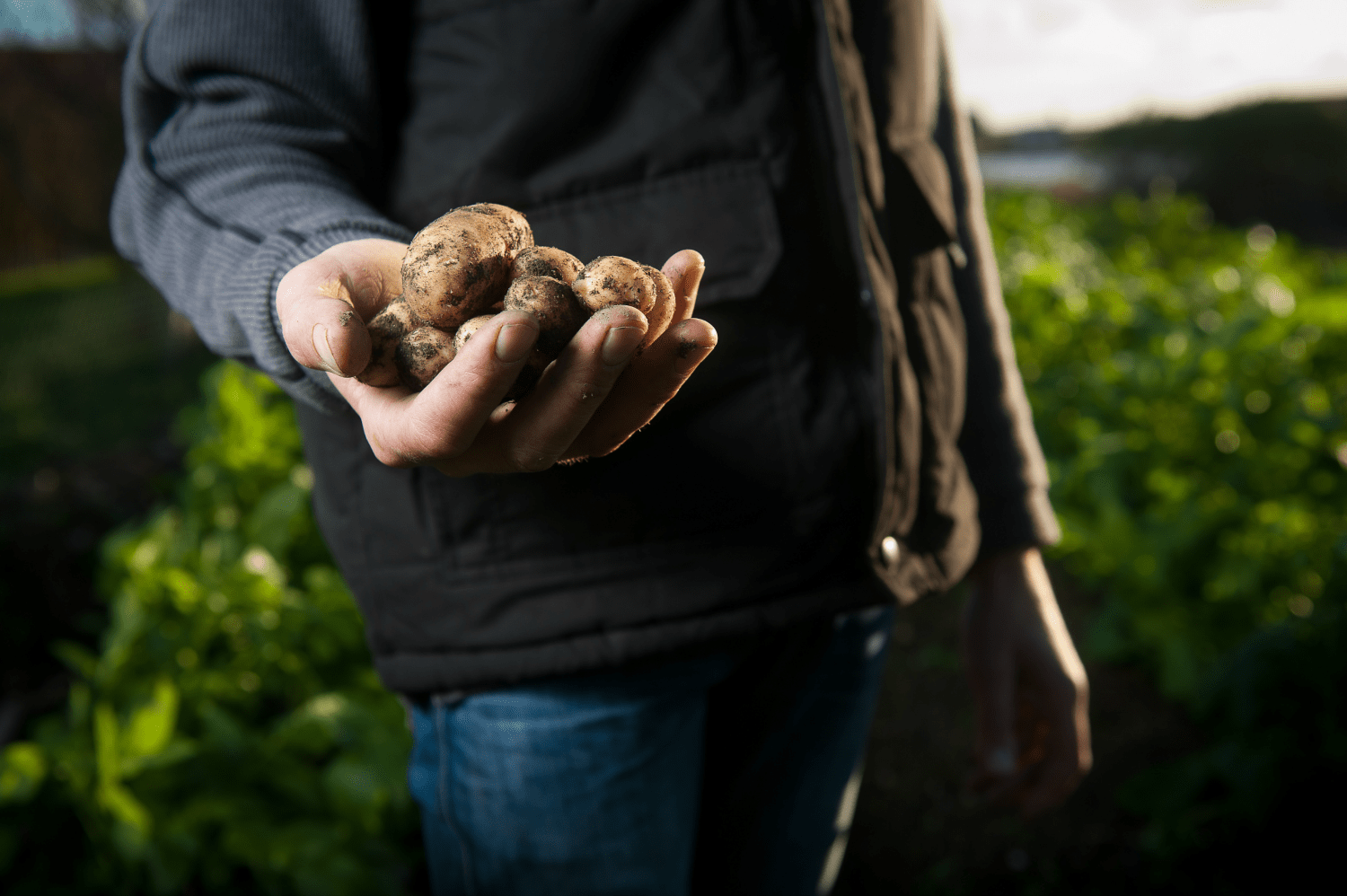
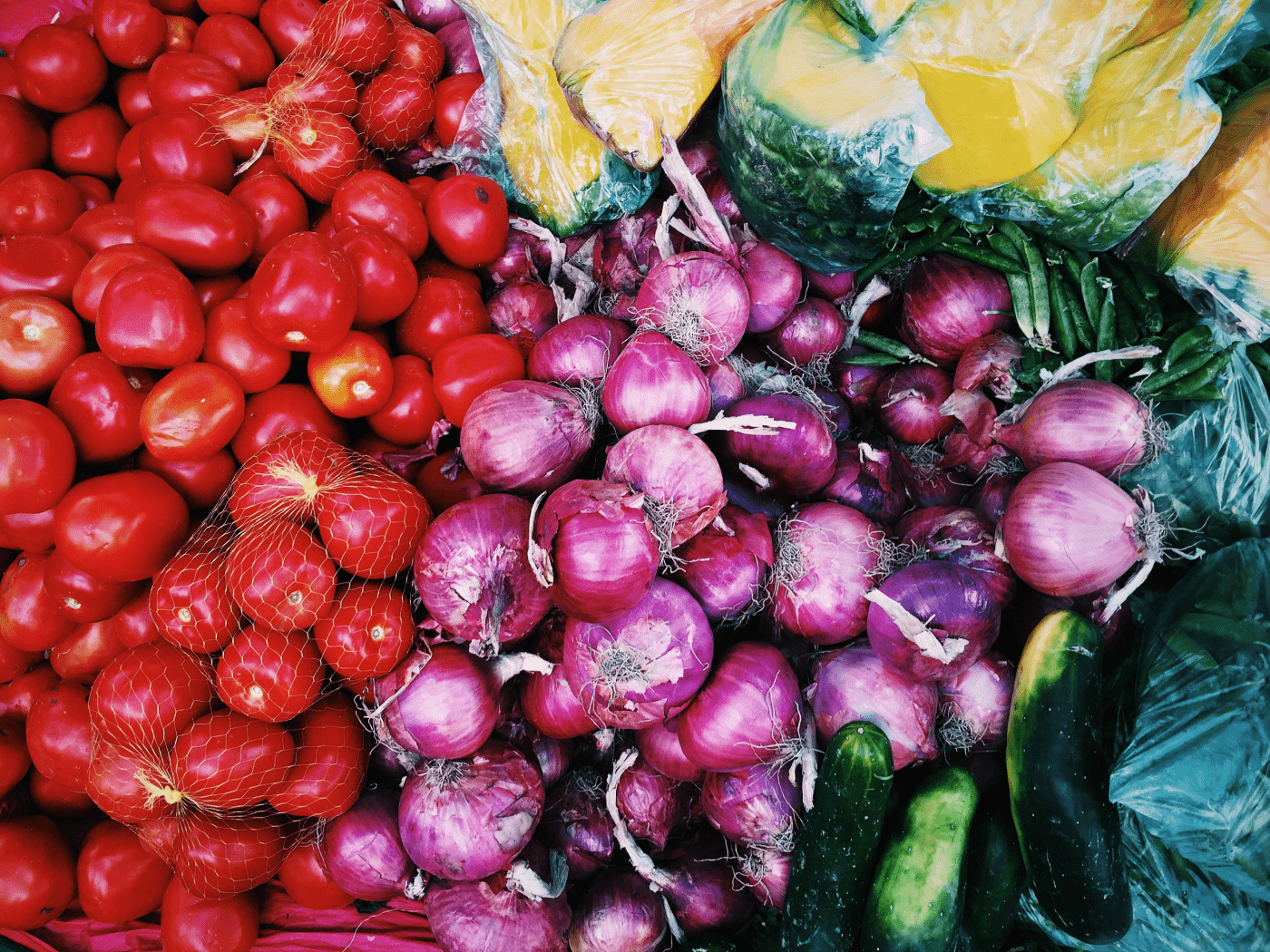


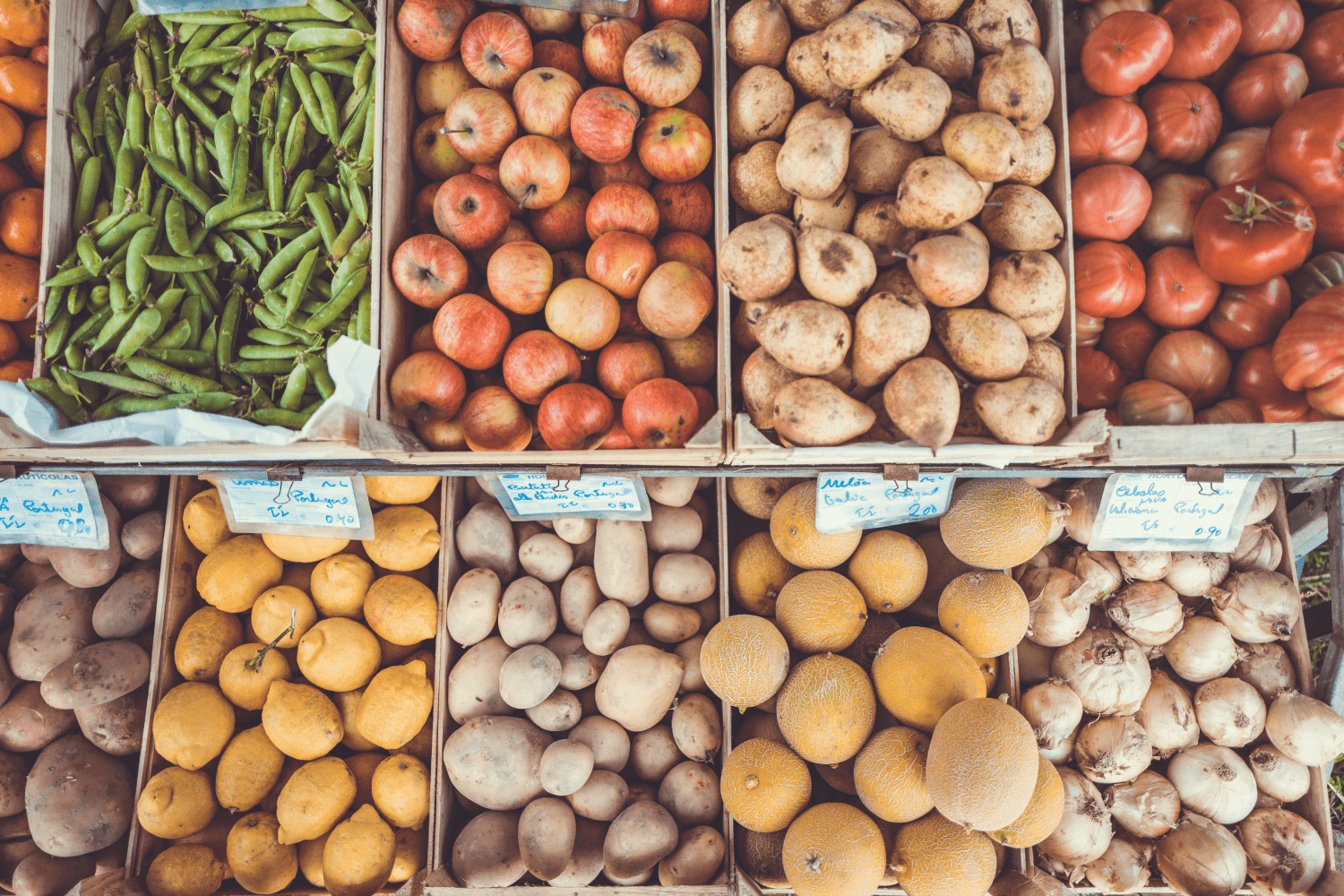
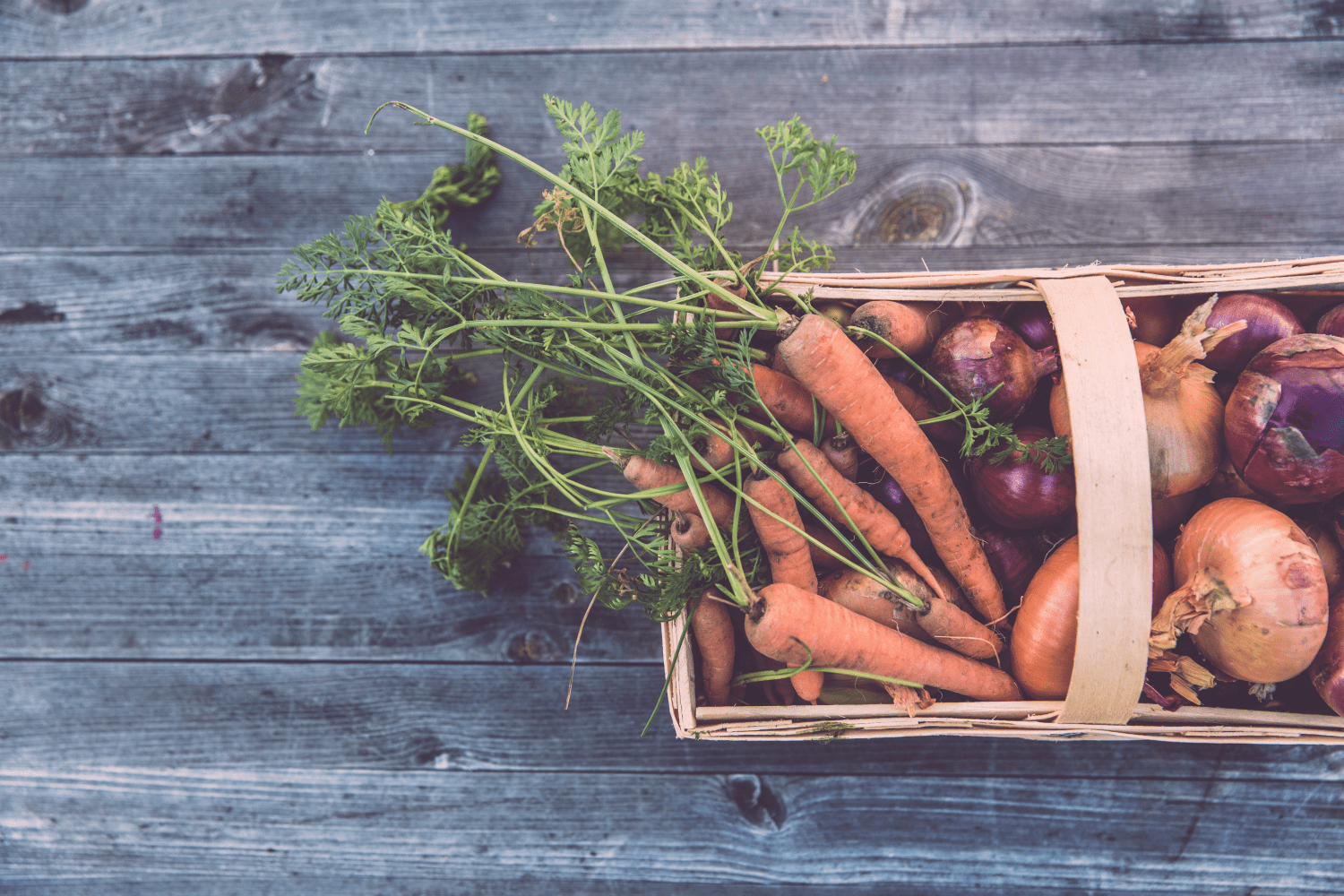
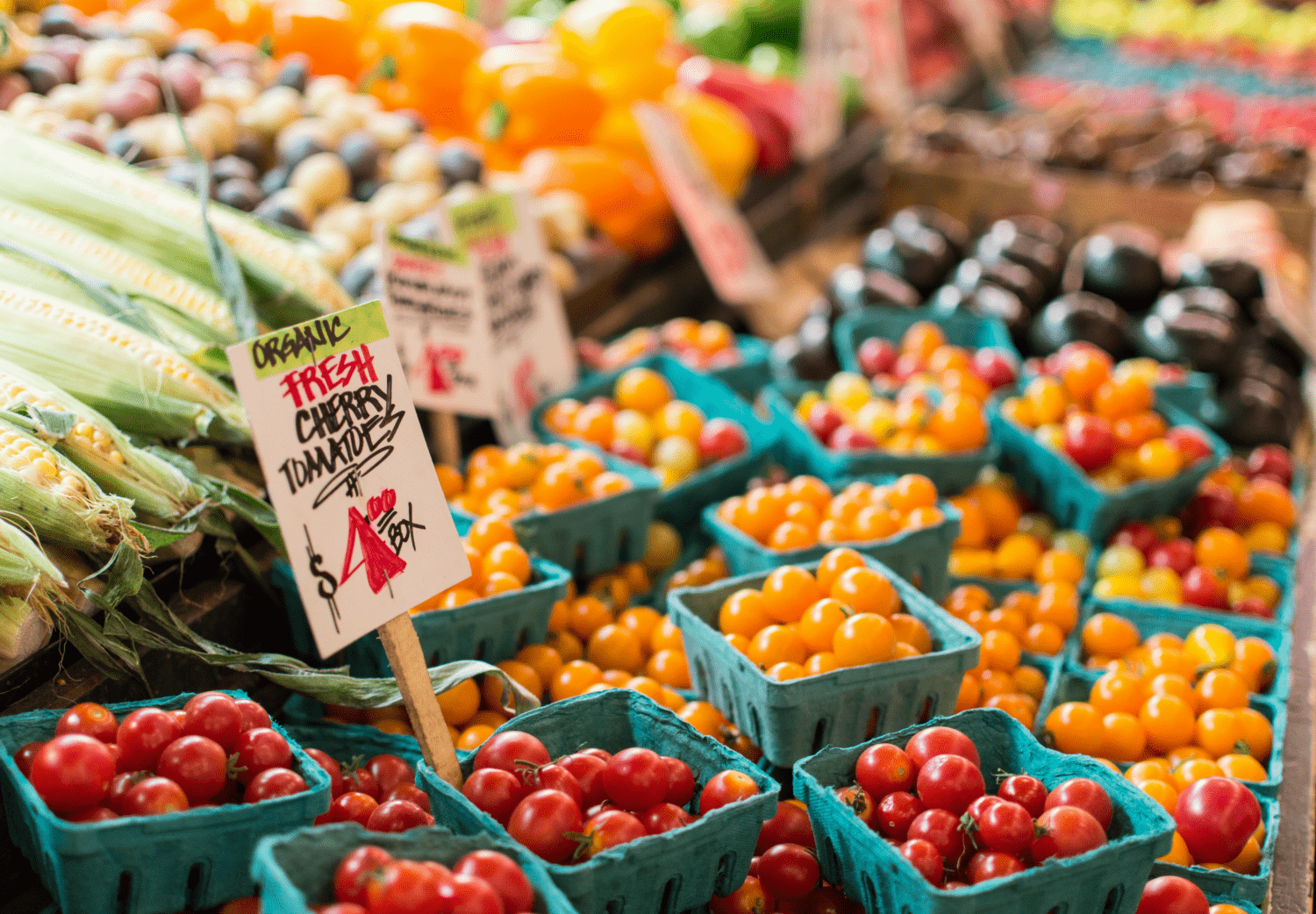


You have great points and good intentions, but unfortunately you’re preaching to the choir here. You make a lot of claims without linking to reliable sources to back them up. You say that eating processed food makes people feel bad, but most people who are accustomed to eating processed food think they feel “normal” and aren’t aware of anything wrong, certainly not anything they notice immediately after eating chips. As for still being hungry, when I was in college I would often eat a can of cream of mushroom soup with a slice of American cheese and a handful of Ritz crackers and feel full for hours–although that’s not “real food” and not very nutritious–whereas even now that I’m accustomed to a real-food diet, a big salad of raw vegetables with a handful of chickpeas will NOT make me feel full even though it’s a nutritious meal. It’s not just nutrients that make us feel full but calories, fat, carbs, etc.–it’s complicated, so stating that it’s simple isn’t going to win anyone over to your logic.
I don’t mean to attack you. I’m trying to say that if you’re writing a Beginner’s Guide, it will be more effective to reach people where they are with arguments that make logical sense relative to their experiences, and to cite sources. Also, since you understand that “packaged and processed foods were created because, well, we needed more time in our lives,” it’s important to address the idea that whole foods take too much time, front and center.
Hi Becca! Thank you for your thoughtful comment. It is clear to me that you are passionate about healthy living and want to help others learn to live that way too.
I love Katarina’s article (this was a guest post) as I would have found it helpful at the beginning of my journey towards eating more whole foods and cutting back on seemingly “healthy” processed foods such as some flavored yogurts and diet soda.
Isn’t is wonderful how God made each of our bodies so different? Because I feel full from a huge salad and a protein of choice while others need something more substantial such as a sweet potato with coconut oil, steak, and veggies.
I am in agreement with you that eating whole foods does take a little more forethought and planning versus eating processed meals or going out to eat. It is definitely worth the effort though, now and in the future!
Blessings to you!
Thanks for this post. I agree, completely. There’s nothing better than eating whole foods. I’ve enjoyed reading so many of your posts as a subscriber to your blog. I’m wondering if you’d be willing to become a regular reader of my blog: http://christinanifong.com. I’d love for you to follow along on WordPress.com and/or sign up for my weekly email newsletter here: http://christinanifong.com/2017/04/stacking-up-a-satisfying-salad/. The signup box is on the righthand side. Thanks for considering!
Hey Christina!Thank you so much for your kind words. 🙂 I just visited your blog and it’s AWESOME! Your recipe are amazing and I love your story. Blessings to you and thanks for reaching out. It is always nice to meet new blogging friends.
Thanks so much, Sammi. Looking forward to getting to know you better, as well!
This is such an important post, Sammi and I’m so glad you shared it with us at Hearth and Soul. Eating real food is the key to transforming our health and our lives. I’ve pinned, tweeted, and featured this post at Hearth and Soul this week. Hope to see you there!
April we are kindred spirits I just know it. 🙂 Eating real food does have the power to change our lives. I don’t think most people understand how good they can feel each day. Thank you so much for featuring this post!!
Featuring this post at this week’s Sunday Fitness & Food! Congrats Sammi!
Oh wow!! Thank you so much, Ilka. I am honored and so thankful this post is resonating with others. Blessings to you!
Thanks for sharing! Whole foods can also be more frugal than the processed stuff! Join us again next week at Family Joy Blog linkup.
I agree! One way whole foods can be less expensive is the fact that I can eat a whole apple and feel full for 50 cents, but a whole box of cookies or crackers for $2 leaves me hungry. Ha!
Whole Foods – back to our roots, the way we were suppose to eat and the way nature intended it. Less processed and refined foods in our lives feels so much better!
Yes! Well said, Ilka! If only more people realized how much better than can feel eating more whole foods and less processed junk. Blessings to you, girl!